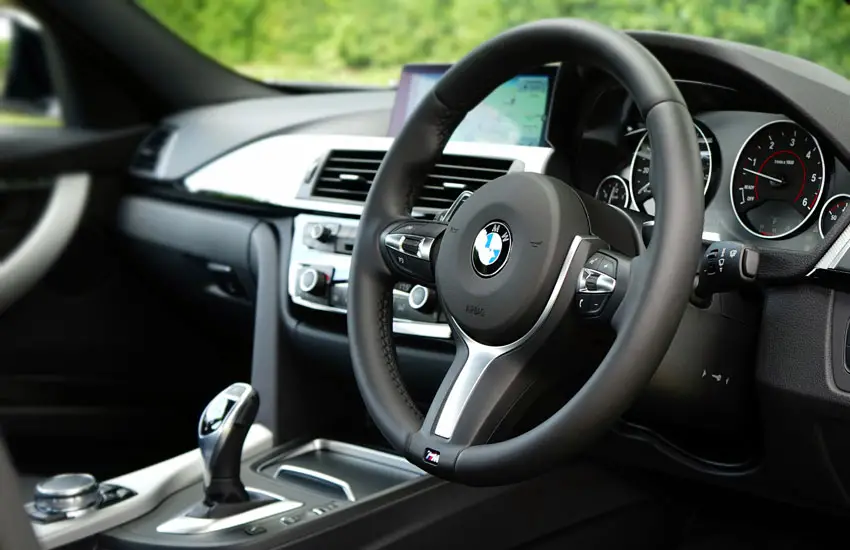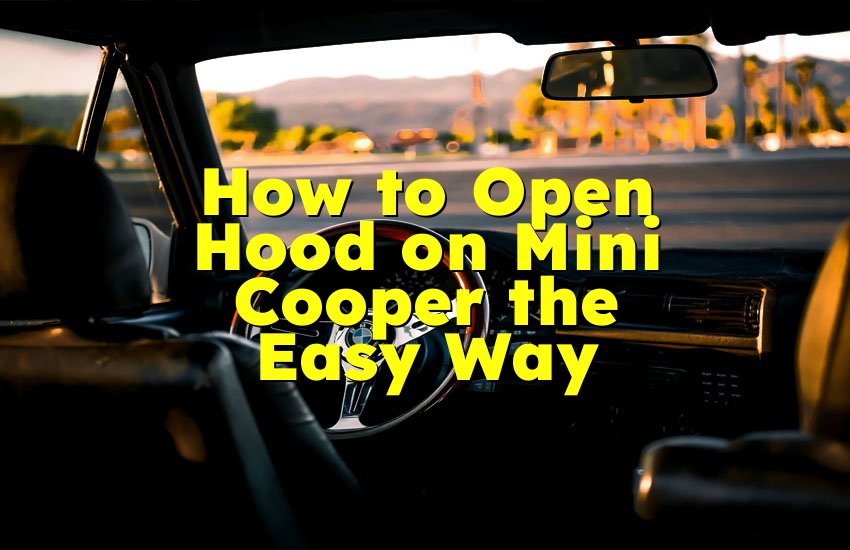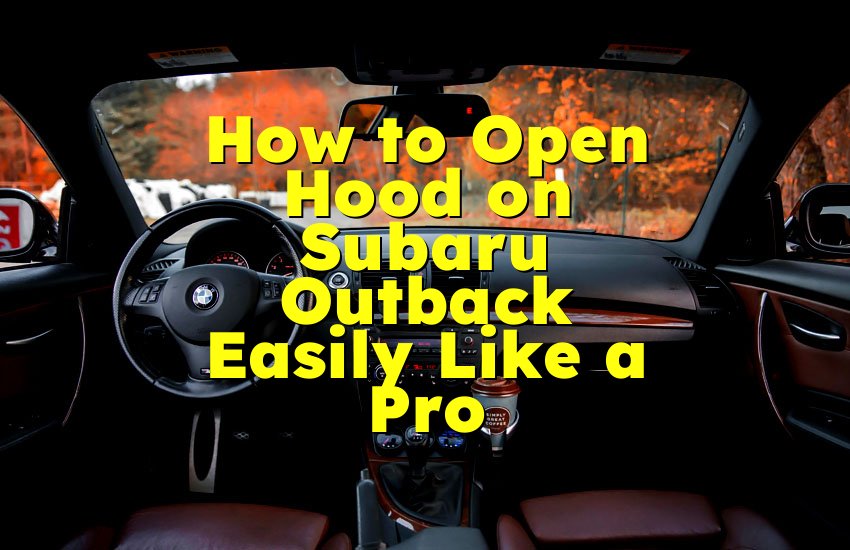As an Amazon Associate, I earn from qualifying purchases at no extra cost to you.
How to Start Your Car with a Manual Transmission: Easy Tips!
You might be new to driving a manual transmission, and that’s okay! Starting a car with a manual transmission can seem tricky at first, but it's actually pretty simple once you get the hang of it.
In this article, we'll walk you through each step you need to take to start your car smoothly. Whether you're learning how to drive a stick shift or just need a quick refresher, we've got you covered. Let's get started and make driving a manual transmission car easy and fun!

How to Start a Car with a Manual Transmission: Simple Steps
Starting a car with a manual transmission can be a bit tricky at first, but once you get the hang of it, it’s straightforward. Here's a simple step-by-step guide to help you:
Get in the Car and Prepare
First, get into the driver's seat of the car. Make sure you are comfortable and can reach the pedals easily. Adjust your seat and mirrors if needed so you can see well. Once you're in position, put on your seatbelt. This is important for your safety while driving.
Make sure your car key is in the ignition, or if it's a newer car, you may need to have the key fob ready. Ensure that the parking brake, also known as the handbrake, is set. This keeps the car from rolling while you start the engine.
Check the Gear Shift
Before starting the car, look at the gear shift to make sure it is in the neutral position. Neutral is a gear position where the car can roll freely without the engine moving the wheels. You should be able to move the gear shift from side to side easily.
If it's not in neutral, you might have trouble starting the car. This step is important because starting the engine with the gear in a different position can cause the car to lurch forward or backward.
Press the Clutch Pedal
With your right foot on the brake pedal, use your left foot to press the clutch pedal all the way down. The clutch pedal is the one on the far left side. Pressing the clutch pedal is necessary to disengage the engine from the wheels.
This makes it safe to start the car and change gears. Keep the clutch pedal pressed down while you start the engine. This helps the car start smoothly without jerking or stalling.
Turn the Ignition Key
Now, turn the ignition key to start the engine. If your car has a start button instead of a key, press it while keeping the clutch pedal pressed. The engine should start making noise.
If the car doesn't start, check to make sure the clutch pedal is fully pressed. Sometimes, you might need to try turning the key or pressing the button again. This step gets your car ready for you to drive.
Release the Handbrake
Once the engine is running, you need to release the handbrake. The handbrake is usually a lever or a button that keeps the car from moving. Pull up the lever or press the button to release it.
Make sure the car is in first gear before releasing the handbrake. If you don't release the handbrake, the car won't move even if you press the gas pedal. This step is essential for getting the car moving smoothly.
Shift into First Gear
Move the gear shift into the first gear position. This is often the top-left slot on the gear stick. First gear is used for starting the car and driving at low speeds. Make sure the gear shift is fully engaged in the first gear position before you continue.
This step allows you to start moving forward once you release the clutch pedal. If you don't shift into the first gear, the car might stall or have trouble starting.
Slowly Release the Clutch
With the gear shift in first gear, start to slowly release the clutch pedal. At the same time, gently press the accelerator (gas pedal) with your right foot. As you release the clutch, you should feel the car beginning to move forward.
Be careful not to release the clutch too quickly, as this can cause the car to jerk or stall. It's a balance between releasing the clutch and pressing the gas pedal. Practice this step until you can start smoothly.
Accelerate and Drive
Once the car is moving, continue to slowly release the clutch pedal completely. Press the gas pedal more as you gain speed. The car should start to drive smoothly. Keep your foot on the gas pedal and use the clutch to shift into higher gears as you need to go faster.
I hope this guide helps you start your manual transmission car easily. Remember, using the clutch correctly and shifting gears smoothly is key. With practice, you’ll feel more confident and comfortable. If you follow these steps, starting your car will become a quick and simple task.
Frequently Asked Questions
Is it necessary to press the clutch when starting a manual car?
Yes, it is necessary to press the clutch pedal when starting a manual car. Pressing the clutch disengages the engine from the wheels, which helps prevent the car from moving unexpectedly. This step ensures a smooth start and avoids stalling or jerking when the engine starts.
Can I start a manual car in gear?
No, you should not start a manual car while it is in gear. Doing so can cause the car to lurch forward or backward suddenly. Always ensure the gear shift is in the neutral position before starting the car to avoid any potential issues.
Do I need to keep the clutch pressed while the engine is running?
No, you only need to keep the clutch pressed while starting the engine and when changing gears. Once the engine is running and you start driving, you should gradually release the clutch as you accelerate. Holding the clutch down while driving can wear out the clutch prematurely.
Is it okay to drive with the clutch partially pressed?
No, driving with the clutch partially pressed, known as "riding the clutch," can lead to excessive wear and tear on the clutch. It is best to fully release the clutch pedal once you are moving and only press it when you need to change gears.
Can I start the car without pressing the brake pedal?
Yes, you can start a manual car without pressing the brake pedal, but it is safer to do so. Pressing the brake pedal ensures that the car does not roll or move unexpectedly when the engine starts. It is a good habit to keep the brake pedal pressed until you are ready to drive.
Do I need to use the parking brake when starting the car?
Yes, it is recommended to use the parking brake when starting the car, especially on an incline. The parking brake helps keep the car stationary and prevents it from rolling. Once the engine is running and you are ready to drive, release the parking brake slowly.
Is it important to shift into first gear before moving?
Yes, shifting into first gear is important for starting the car and moving forward from a stop. First gear provides the necessary power to get the car moving smoothly. Shifting into a higher gear is needed as you gain speed.
Can I start a manual car with the handbrake on?
Yes, you can start a manual car with the handbrake on. However, you must release the handbrake before you start moving. The handbrake keeps the car stationary while you start the engine and shift into gear.
Do I need to double-clutch when starting the car?
No, double-clutching is not necessary when starting a manual car. Double-clutching is a technique used during gear changes, especially in older cars. For starting the car, simply press the clutch, start the engine, and shift into first gear.
Is it okay to start a manual car with the engine cold?
Yes, it is okay to start a manual car with the engine cold. Modern engines are designed to start even in cold conditions. However, it is a good idea to let the engine warm up a little before driving, especially in very cold weather, to ensure smooth operation.











